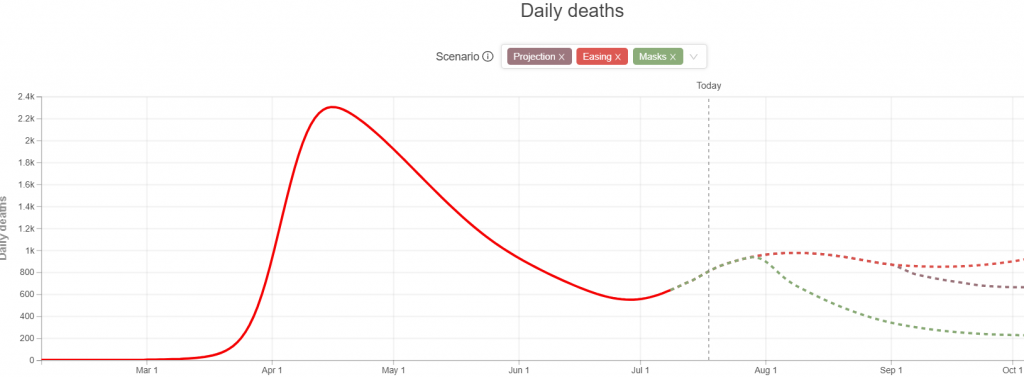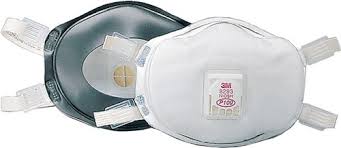Oxford published the (combined) Phase 1/2 results of their modified Chimpanzee adenovirus vaccine and they were very very good (https://www.thelancet.com/lancet/article/s0140-6736(20)31604-4). As I mentioned in a previous blog, the technology used by the Oxford vaccine candidate (a modified Chimpanzee cold virus) has a much longer track record than the mRNA vaccine candidates such as the one from Moderna. Similarly, CanSino published the results of their (somewhat similar) modified human adenovirus vaccine and they were good as well. While I am waiting to see Derek Lowe’s analysis at his “In the Pipeline” blog, here is my layman’s reading of the papers. (The only thing I have even a whiff of competence to evaluate is the statistical stuff, and it seems well done.)
You should begin by looking at the accompanying editorial which summarizes both papers very well: (https://marlin-prod.literatumonline.com/pb-assets/Lancet/pdfs/S0140673620316111.pdf). I want to single out this paragraph in that editorial because it is very easy to get over-excited by this kind of good news:
“The safety signals from these two important trials are reassuring. But when things are urgent, we must proceed cautiously. The success of COVID-19 vaccines hinges on community trust in vaccine sciences, which requires comprehensive and transparent evaluation of risk and honest communication of potential harms. “
So we are not home free. But again, I’m more optimistic than I was before reading these papers! Here’s what you need to keep in mind following the comment I cited above. First off, a promising phase 1/2 can go wrong in a much larger phase 3 because not only might there be side effects discovered, the vaccine candidate might not provide enough protection to the virus in the wild. The papers necessarily use antibody and t-cell markers which are indicative but not conclusive that their vaccines will provide protection. Only a phase 3 trial can tell you that.
Next, if the phase 3 trials shows efficacy, these vaccines won’t be available until mid 2021 for most people. Also, the duration of any Covid 19 vaccine is almost certainly going to be seasonal and frequent booster shots necessary because of how fast immunity diminishes for Coronaviruses (see for example: https://www.medrxiv.org/content/10.1101/2020.07.09.20148429v1).
Next, the Oxford vaccine was not tested on people older than 55 but the CanSino vaccine, which uses a similar technique was. And the CanSino vaccine was not as effective for people over 55 in its phase 1/2 trial as it was for younger people. (Although they speculate an additional shot might help with that-but that is just pure speculation I think.)
Let me stress that, and yes it’s personal because I and many of my friends and relatives are in this group, we won’t know until a vaccine has been used for quite some time (late 2022?) if it is effective for people over 55. This means, to be blunt, high risk, older individuals, even after they get a vaccine, are basically playing Russian roulette if they don’t continue to take the same precautions they are doing now.
Finally, both these vaccines are less likely to be useful if booster shots are needed. This is because both use adenovirus carriers to which your body will likely start generating antibodies to the next time around. This almost certainly will make their utility to generate antibodies to Covid less effective over time.
So, please, please remember that at this time for everyone and pretty much for the foreseeable future for people in high risk groups, wearing masks and social distancing is what we need to do. A vaccine may be coming but it can’t help us now and in any case, it won’t be known if it helps older people enough for a long time to come.

